14 Wise Actions To Take When You Meet An Elephant In The Wild

Ever wondered what to do if you stumble upon a six-ton giant with tusks while hiking? Wild elephant encounters can be breathtaking but potentially dangerous if mishandled.
These magnificent creatures deserve our respect and understanding, especially when we’re guests in their territory. Here’s how to stay safe and act wisely if you find yourself face-to-trunk with an elephant.
1. Stay Calm And Quiet

Your racing heart might be screaming ‘run!’ but that’s the worst move possible. Elephants sense fear and agitation, which might trigger their defensive instincts.
Breathe deeply and avoid sudden movements. Speak in hushed tones if you must communicate with companions. Your composure could be your greatest safety tool.
2. Keep Your Distance

Space is your friend when encountering these gentle giants. Aim for at least 100 yards between you and the elephant – that’s about the length of a football field.
Never approach for a closer look or photo opportunity. Wild elephants aren’t zoo attractions and deserve their personal bubble intact.
3. Back Away Slowly

Graceful retreats win the day with elephants. Moving backward gradually signals non-aggression while creating safety space.
Never turn your back completely – maintain visual awareness while retreating. Stumbling over something because you can’t see where you’re going creates noise that might startle the elephant.
4. Read Their Body Language
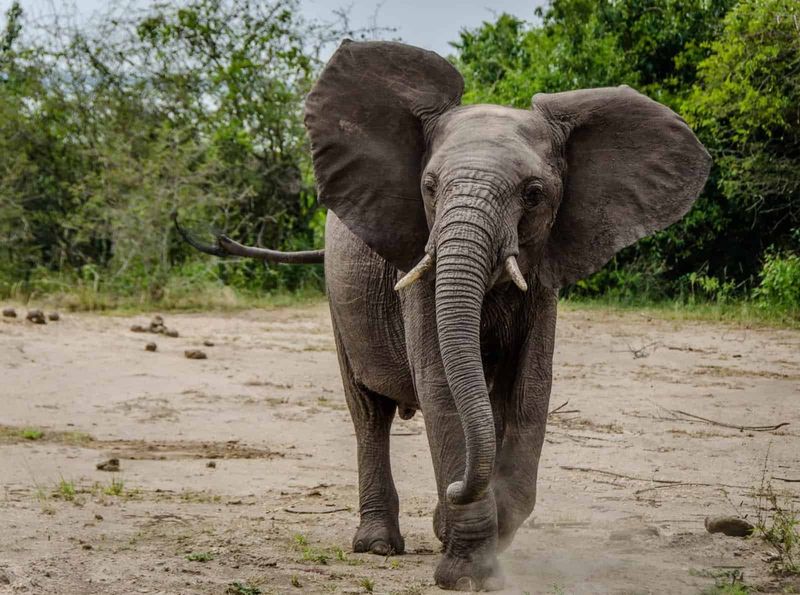
Flapping ears might look cute but could signal irritation. Watch for raised trunks, stiff tails, or foot-stomping – all warning signs of discomfort or potential aggression.
Relaxed elephants have hanging trunks and gently swaying tails. Learning these cues could save your life in a close encounter.
5. Never Stand Between A Mother And Calf
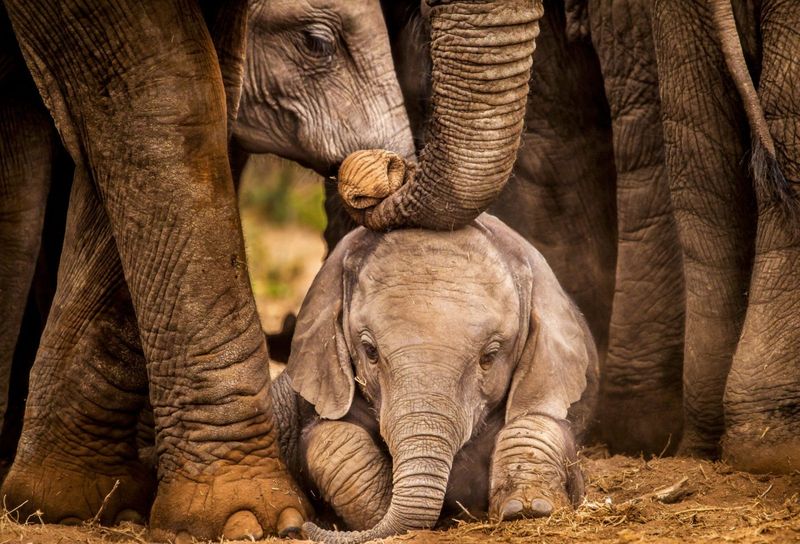
Maternal instincts turn these normally peaceful animals into protective powerhouses. A mother elephant perceiving a threat to her baby becomes unpredictably dangerous.
Scan for small calves before approaching any group. If you spot babies, give the entire herd extra space and find an alternate route altogether.
6. Avoid Sudden Movements Or Loud Noises
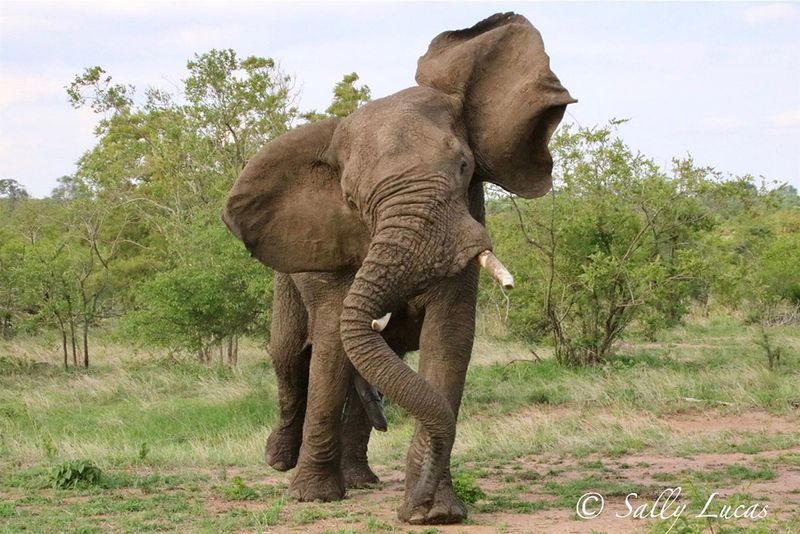
Startling an elephant is like poking a sleeping bear – unwise at best, dangerous at worst. Quick movements might be interpreted as aggressive behavior.
Silence your phone, speak quietly, and move with deliberate slowness. Even camera shutters can sound threatening in the quiet of the wilderness.
7. Find Sturdy Cover If Charged

Sometimes despite your best efforts, an elephant might charge. Large trees or boulders offer life-saving protection if you can’t escape.
Most charges are bluffs – the elephant stops short to intimidate rather than harm. But never gamble on distinguishing between real and mock charges in the moment.
8. Use Vehicles As Barriers

Safari vehicles provide excellent protection during unexpected encounters. Elephants typically respect these metal boundaries even when agitated.
Stay inside with windows up and engine running. Never honk or rev engines unnecessarily – the noise could escalate the situation rather than diffuse it.
9. Avoid Wearing Bright Colors Or Perfumes
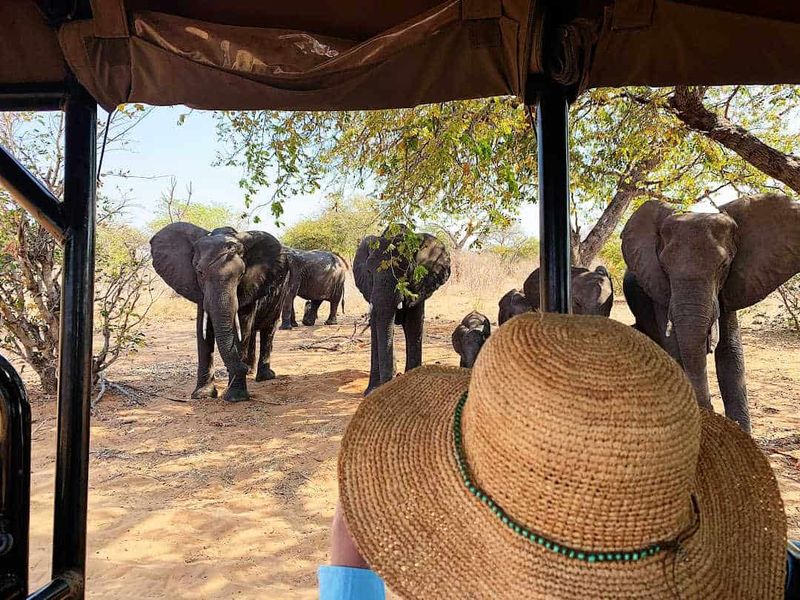
Flashy clothing creates unnecessary visibility in elephant territory. Their eyesight isn’t stellar, but unusual colors can draw unwanted attention.
Strong scents might confuse or irritate these highly sensitive animals. Neutral-colored clothing and fragrance-free outings show respect for their sensory world.
10. Never Feed Wild Elephants

Tossing snacks seems friendly but creates dangerous dependency patterns. Wild elephants that associate humans with food lose their natural wariness – a recipe for future conflicts.
Food-seeking elephants can become destructively bold around camps and villages. Your momentary kindness could lead to tragedy for both elephants and communities.
11. Respect Their Watering Holes

Morning and evening water visits are sacred elephant rituals. Blocking access to these precious resources creates unnecessary tension and potential confrontation.
Plan your activities to avoid prime drinking times – typically dawn and dusk. Giving elephants uninterrupted access to water shows wilderness etiquette and reduces risk.
12. Know Local Elephant Behaviors

African and Asian elephants have distinct temperaments and warning signals. Males in musth (breeding condition) show aggression regardless of species.
Research regional elephant behaviors before your trip. Local guides share invaluable knowledge about specific herds and their habits – information no general guidebook can provide.
13. Carry A Flashlight At Night
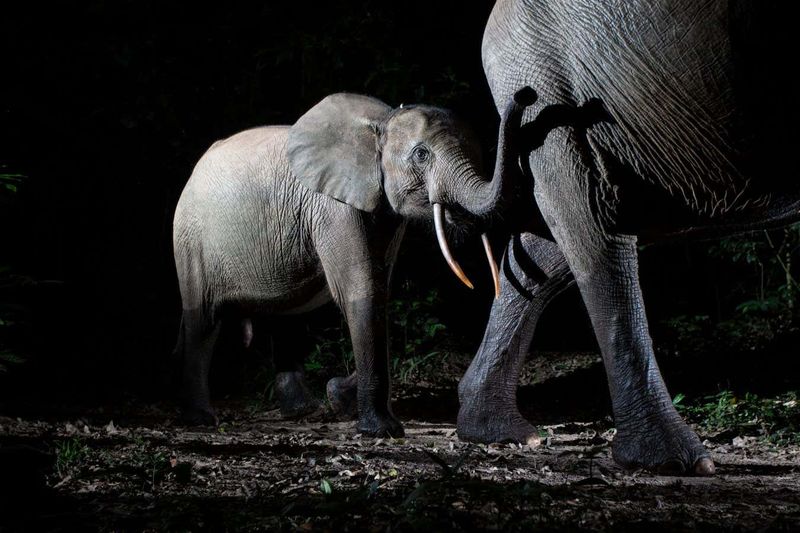
Nighttime encounters require special precautions since elephants move silently despite their size. A bright light can deter their approach without causing harm.
Sweep your light side-to-side rather than directly in their eyes. The unusual light pattern often discourages curious elephants from coming closer.
14. Report Sightings To Local Authorities

Conservation efforts depend on accurate tracking of elephant movements. Your sighting details help rangers protect both people and pachyderms.
Note location, herd size, and behavior patterns when possible. This information contributes to scientific understanding and community safety measures in elephant corridors.






